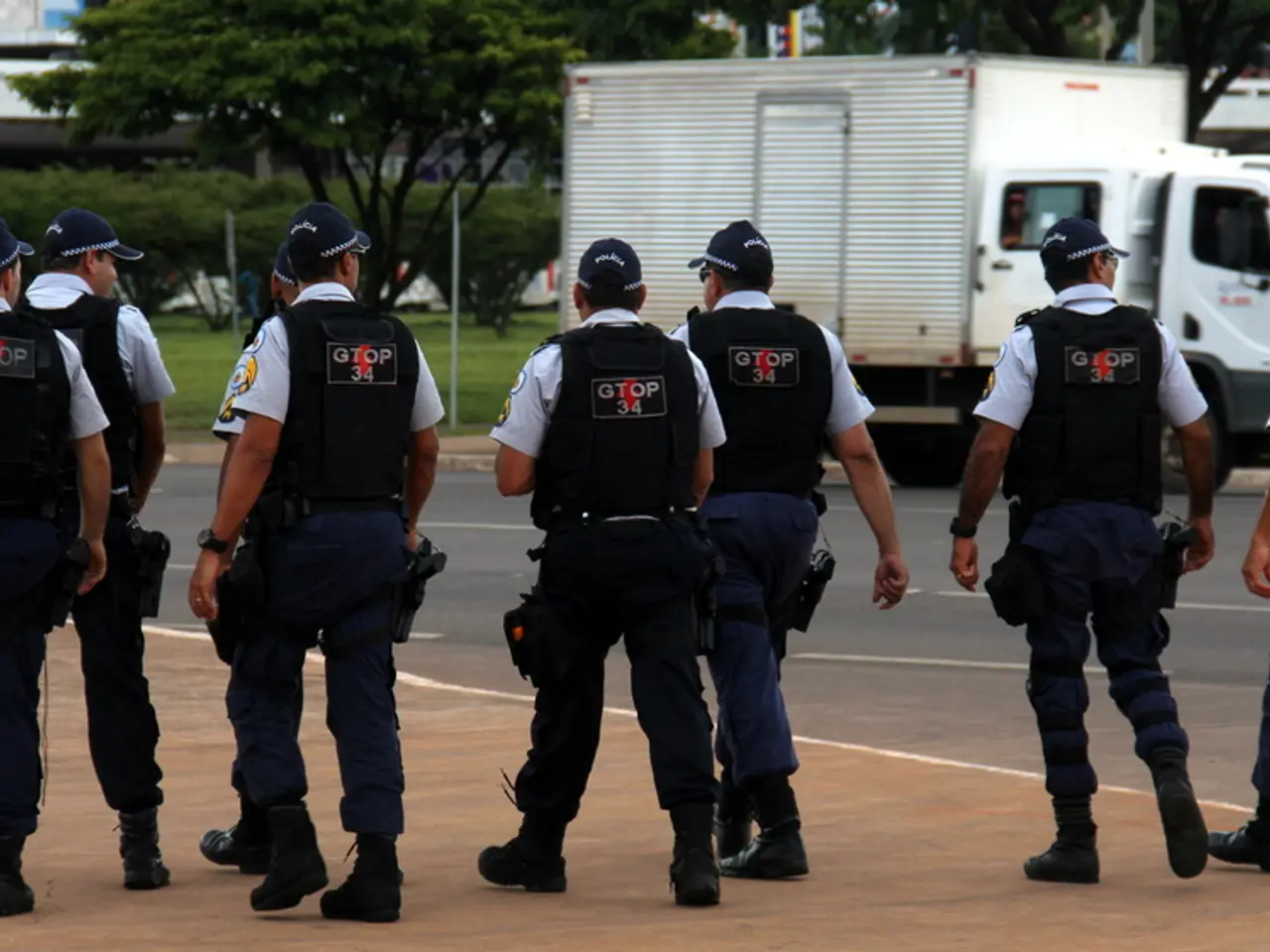Expanded Financial Aid for the Mayan Train Project Stands at an Impressive 10,700%
The Mayan Train, one of Mexico's most ambitious infrastructure projects, has become a subject of intense debate, encompassing public resources and their allocation. As the nation scrutinises its priorities, this moment presents an opportunity for civic engagement.
The Tren Maya, as it is locally known, has had a measurable positive impact on the economy of southeastern Mexico. Since its inception, the region's GDP has risen from 1.8 to 2.3 trillion pesos, unemployment has dropped to an average of 2.4%, and tourism-related sectors have experienced growth. With 43.3 million passengers flying into the region and hotel occupancy rates reaching 73.1%, the project is successfully revitalising an area that was previously on the economic periphery, positioning it more centrally in national development.
Beyond mere transport infrastructure, the railway serves to promote economic activity across five southern states: Tabasco, Campeche, Yucatán, Quintana Roo, and Chiapas. This regional distribution of economic benefits could help promote integration. Furthermore, the Mayan Train facilitates not only transportation but also cultural and community-based tourism initiatives, incorporating local voices and traditions, thereby creating broader social and economic benefits.
However, despite these economic gains, the project has led to substantial environmental degradation. The construction phase resulted in the removal of nearly half a million tons of carbon captured in vegetation, and deforestation of over 60 km² of highly conserved tropical rainforest. This has exacerbated habitat fragmentation and damaged delicate karst systems like cenotes, which are vital for local aquifers. The depletion of natural capital linked to the Mayan Train construction poses risks to long-term ecological and economic sustainability, especially considering the dependence of local communities on natural resources.
The Mayan Train's financial strain is so intense that some government workers and contractors face delayed salary payments. For every peso the train generates in revenue, the Mexican government contributes 108 pesos in subsidies, equating to an extraordinary subsidy rate of 10,700%. Critics argue that the resources directed toward the Mayan Train could be more effectively invested in healthcare, education, or infrastructure repair.
As the Mayan Train moves closer to full operation, the debate surrounding it has expanded beyond steel and tracks. The project's justification is being questioned by Mexicans, and its environmental, cultural, and financial implications are under scrutiny. The challenge remains balancing continued economic development with preservation of critical ecosystem services that support the region's natural capital. Addressing these environmental issues will be crucial to ensuring the project’s economic sustainability in the future.
This article serves as a case study for critical analysis, highlighting the complexities and trade-offs inherent in large-scale infrastructure projects. The Mayan Train, with its mixed but largely positive outlook, presents a microcosm of the broader debate over development versus conservation in Mexico.
- Despite the Mayan Train's success in stimulating economic growth in southeastern Mexico, the extensive subsidies allocated to the project have raised questions about its financial sustainability.
- As the Mayan Train progresses towards full operation, concerns regarding its environmental impact are gaining prominence in national politics, prompting discussions about the development versus conservation balance.
- Beyond its role in promoting economic activity across five southern states, the Mayan Train has also spurred debates about the general allocation of public resources, particularly when weighing potential returns against ecological preservation.




